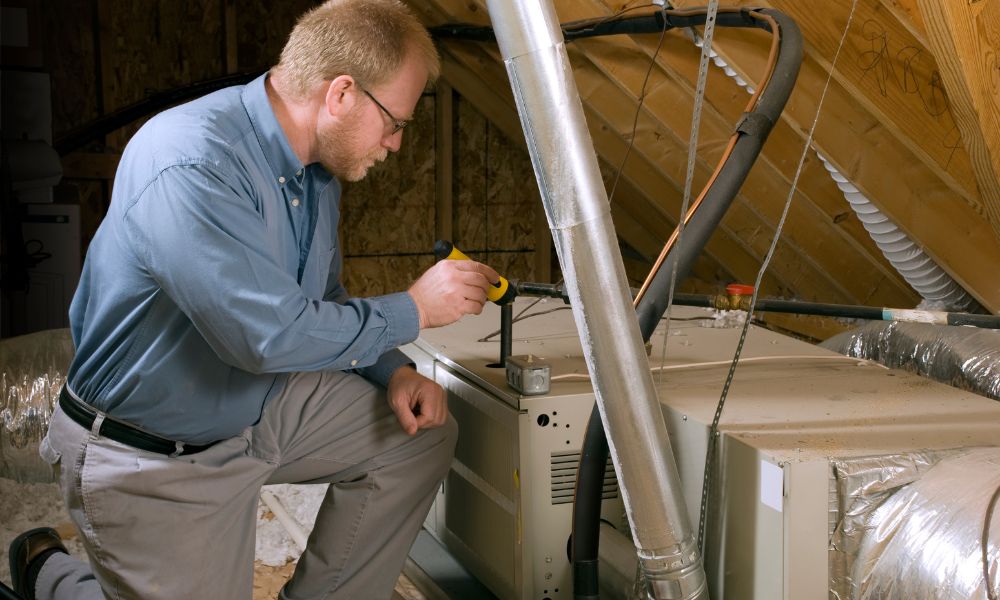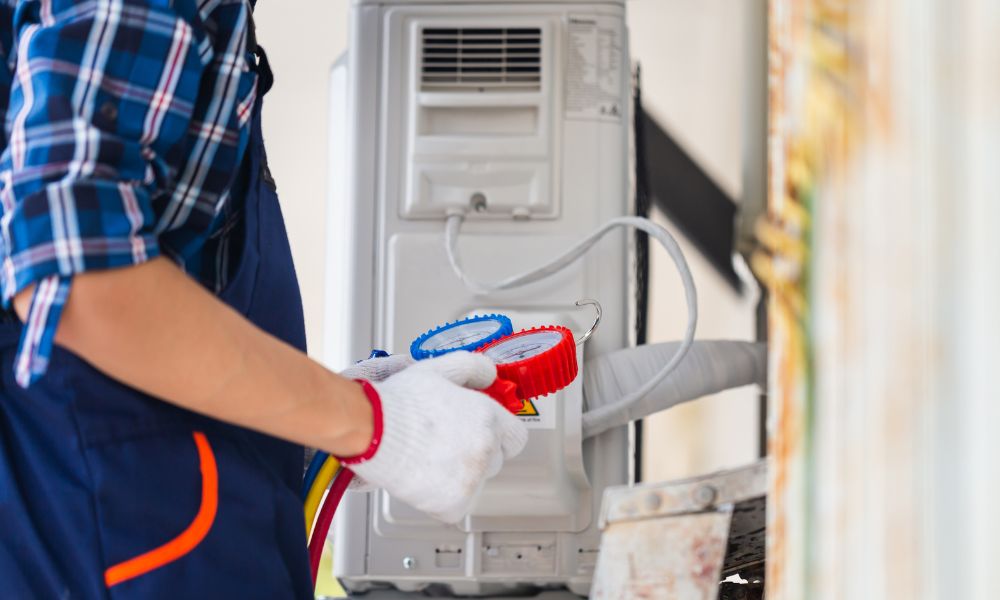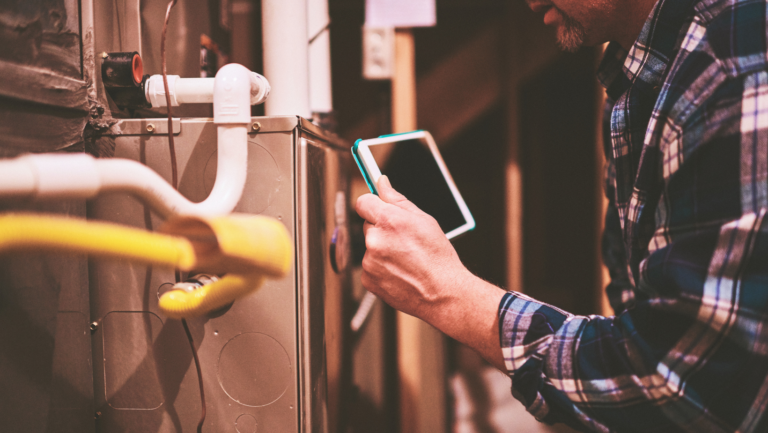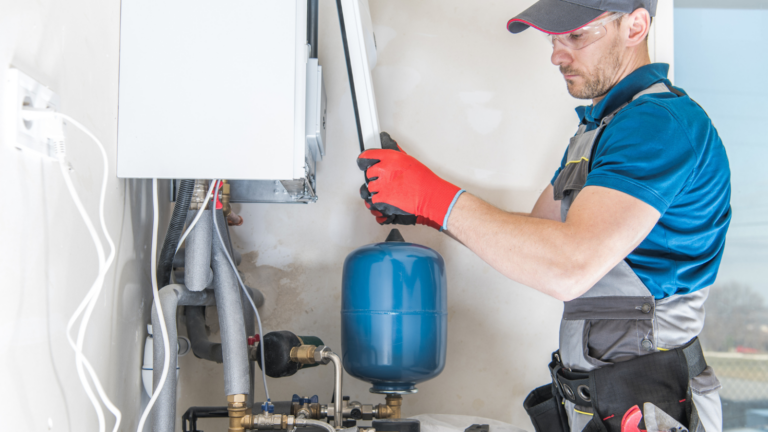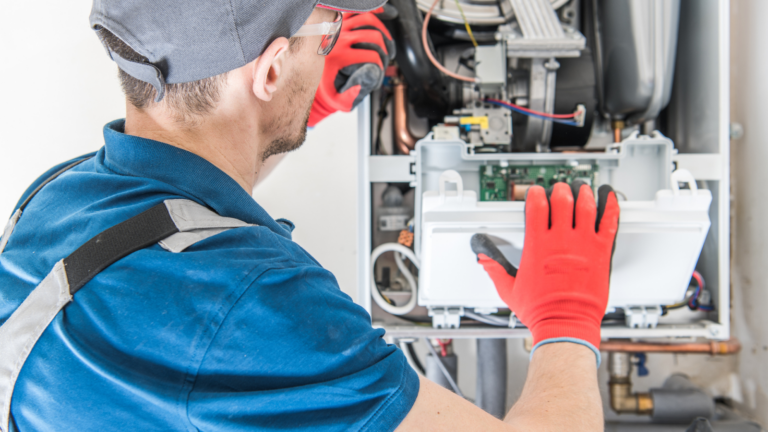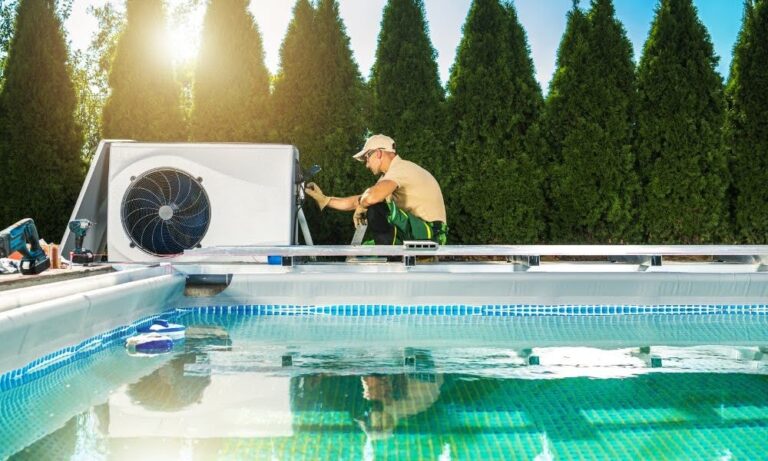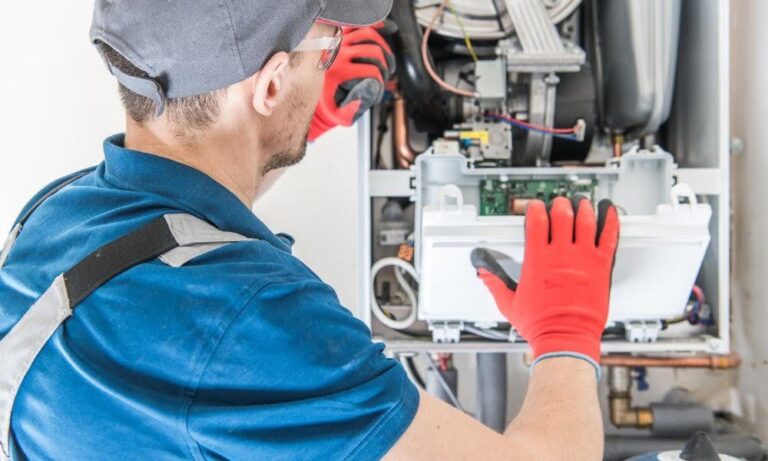DIY Furnace Repair: What You Need to Know
Keeping a furnace in good condition is essential for a warm, comfortable home, especially during the heating season. Whether your heating system has stopped producing heat altogether or isn’t blowing warm air as effectively, a few DIY fixes can often make a difference. While some furnace repairs are safe and manageable for homeowners, it’s important to know the basics and when to call a professional furnace repair service.
Understanding the various parts of your furnace, how they work together, and what issues may arise can help you confidently approach minor furnace maintenance tasks, keeping your home cozy and energy-efficient all season long.
Understanding Furnace Systems
Furnaces are designed to create heat by burning fuel or using electric heating elements, then distributing warm air throughout the home. In a gas furnace, natural gas flows through the gas valve to the burner assembly, where it ignites and heats the air inside the combustion chamber. This heated air moves through the heat exchanger, which helps transfer the warmth into the home’s air ducts.
Electric furnaces use a different process, relying on electric heating elements rather than fuel, offering a quieter option without combustion. The blower motor is essential to both systems, pushing warm air into supply ducts and removing cool air through return ducts.
Key components like the blower motor, heat exchanger, thermostat, and air filter work together to maintain steady airflow and temperature.
Common Furnace Issues and Troubleshooting
Dealing with a furnace that isn’t working properly can be frustrating, especially when temperatures drop. Many common furnace problems can be tackled with a bit of troubleshooting, which can save you time and potentially prevent the need for emergency furnace repair.
No Heat Production
When your furnace isn’t producing heat, it could be due to issues with the thermostat, power supply, or clogged air filters. Checking the thermostat settings and ensuring the power switch is on can often solve the problem. Dirty filters can block airflow, so replacing them regularly can also help restore heat.
Blower Not Running
If the blower isn’t running, the issue could be with the motor, power supply, or the fan control. Inspecting the blower motor and making sure there’s power to the furnace can be helpful steps. Sometimes, resetting the system can resolve this issue quickly.
Thermostat Malfunctions
A malfunctioning thermostat can disrupt the entire heating system. Sometimes, resetting or recalibrating the thermostat restores its function. Also, check for any loose wires or dead batteries if it’s a digital thermostat.
Pilot Light Problems in Gas Furnaces
When the pilot light goes out, the furnace can’t produce heat. Carefully relighting the pilot as per the manufacturer’s instructions can solve this problem. If it continues to go out, it could indicate a need for professional inspection.
Strange Noises from the Furnace
Unusual sounds, such as banging or squealing, often point to issues with motor bearings or blower blades. Identifying and addressing these noises early can prevent further damage. Regular furnace maintenance can reduce the occurrence of such issues, keeping your heating system running smoothly.
DIY Repair for Specific Furnace Problems
Some furnace issues are simple enough for homeowners to address without professional help. By tackling these common problems yourself, you can improve efficiency and potentially extend the life of your heating system.
Here are a few do it yourself furnace repair for specific issues:
- Replacing the Furnace Filter: Regularly replacing the air filter improves airflow and reduces strain on the furnace, helping it produce heat more effectively.
- Resetting the Furnace: A reset can resolve minor glitches. Always follow safety instructions to reset your furnace without risk.
- Fixing a Blower Motor: If your blower motor is making noise or struggling to circulate air, replacing it may restore proper function.
- Cleaning the Furnace Burners: Dirty burners can disrupt combustion. Cleaning them can improve fuel efficiency and prevent furnace malfunction.
- Repairing or Replacing a Thermocouple: A worn thermocouple may prevent the pilot light from staying lit. Replacing it can keep your furnace running smoothly.
- Troubleshooting Airflow Issues: If warm air isn’t reaching certain rooms, check for blocked ducts or closed vents to restore balanced airflow.
Essential Tools for DIY Furnace Repair
Having the right tools on hand can make DIY furnace repairs much easier and safer. Basic tools like screwdrivers, a flashlight, and a wrench set are essential for accessing and securing parts within the furnace. However, certain furnace repairs call for specialized tools, such as a multimeter to test electrical components and a manometer to check gas pressure.
Safety gear is also a must; wearing gloves, safety glasses, and a dust mask will protect you from sharp edges, dust, and any small debris during repairs. Proper tools and gear make the job smoother and help ensure your safety.
When to Call a Professional
There are times when calling in a professional HVAC technician is the safest route, especially with complex problems like electrical issues or gas leaks. Electrical problems, such as issues with the furnace’s power supply or blower motor wiring, can be dangerous without the right expertise. Furnace leaks, especially gas leaks, require immediate professional attention due to the risk of carbon monoxide exposure.
Knowing your limits is important—if you’re unsure about a repair or encounter something unfamiliar, it’s best to reach out to a qualified technician. When choosing a professional, look for licensed, insured, and experienced technicians who specialize in furnace repair to ensure quality service.
Schedule Furnace Repair with Beam Airflow
Furnace Maintenance to Avoid Future Issues
Routine maintenance is key to extending your furnace’s life and avoiding unexpected issues. Keeping air filters and burners clean is an easy way to prevent clogs that restrict airflow or lead to inefficient heating. Regularly replacing dirty filters reduces strain on the system, while cleaning burners removes buildup that could disrupt fuel combustion.
Catching early signs of wear and tear, such as loose components or unusual noises, allows you to address minor issues before they worsen. Scheduling annual inspections with a professional HVAC technician can help ensure that all components are in good condition, providing peace of mind and a reliably warm home throughout the heating season.
DIY Furnace Repair vs. Professional Help: Pros and Cons
When deciding between tackling furnace repairs yourself or calling in a professional, there are several key factors to consider. Each approach has its own set of benefits and drawbacks in terms of cost, safety, and the time required to complete the repair effectively.
Cost Savings
One of the biggest advantages of DIY furnace repair is cost savings. Handling minor repairs, like changing the air filter or resetting the thermostat, can save you the expense of a service call. However, complex repairs requiring specialized tools or knowledge, such as blower motor replacements or electrical troubleshooting, may end up costing more if a mistake leads to further damage.
Risk Factors
Safety is a primary concern when it comes to furnace repairs. DIY repairs may work well for minor maintenance, but more serious issues carry risks. Gas furnaces, for example, involve dealing with potentially hazardous components like the gas valve, burner flames, and carbon monoxide emissions. Professional technicians are trained to handle these components safely, reducing the risk of damage to the unit and your home.
Time and Effort Involved
DIY repairs can be convenient for quick fixes, but they require a fair amount of time and effort, especially if you’re unfamiliar with furnace systems. Tasks like replacing a furnace filter or relighting the pilot light are relatively simple and time-saving, while more involved repairs, such as fixing a blower motor, can be labor-intensive and time-consuming. Professional help can be faster for complex repairs, as experienced technicians have the tools and expertise to diagnose and resolve issues efficiently.
Furnace Repair Costs
When it comes to furnace repair costs, DIY repairs generally come at a lower price point, covering only the cost of parts and a few essential tools. Replacing a furnace filter or even a blower motor may cost anywhere from $20 to $200, depending on the parts involved.
Professional furnace repair costs, on the other hand, usually include labor and expertise, with service fees ranging from $100 to $300 for minor repairs. More extensive repairs, such as fixing a heat exchanger or replacing the blower motor, can cost upwards of $500.
While professional repairs come with a higher price, they offer peace of mind, knowing that the job is done safely and correctly, particularly for more complex issues.
Choosing the Right Path for Furnace Repair
Deciding between DIY furnace repair and professional help ultimately comes down to understanding the scope of the problem and your comfort level with the work involved. DIY repairs can be a great way to save money and learn about your heating system, but they’re best suited for simple fixes.
When dealing with more complex issues or anything that involves safety risks, calling a qualified technician can save you time and prevent potential hazards. Remember, regular maintenance is your best defense against costly repairs, so keep your furnace clean and in good condition year-round to avoid surprises when winter arrives.

